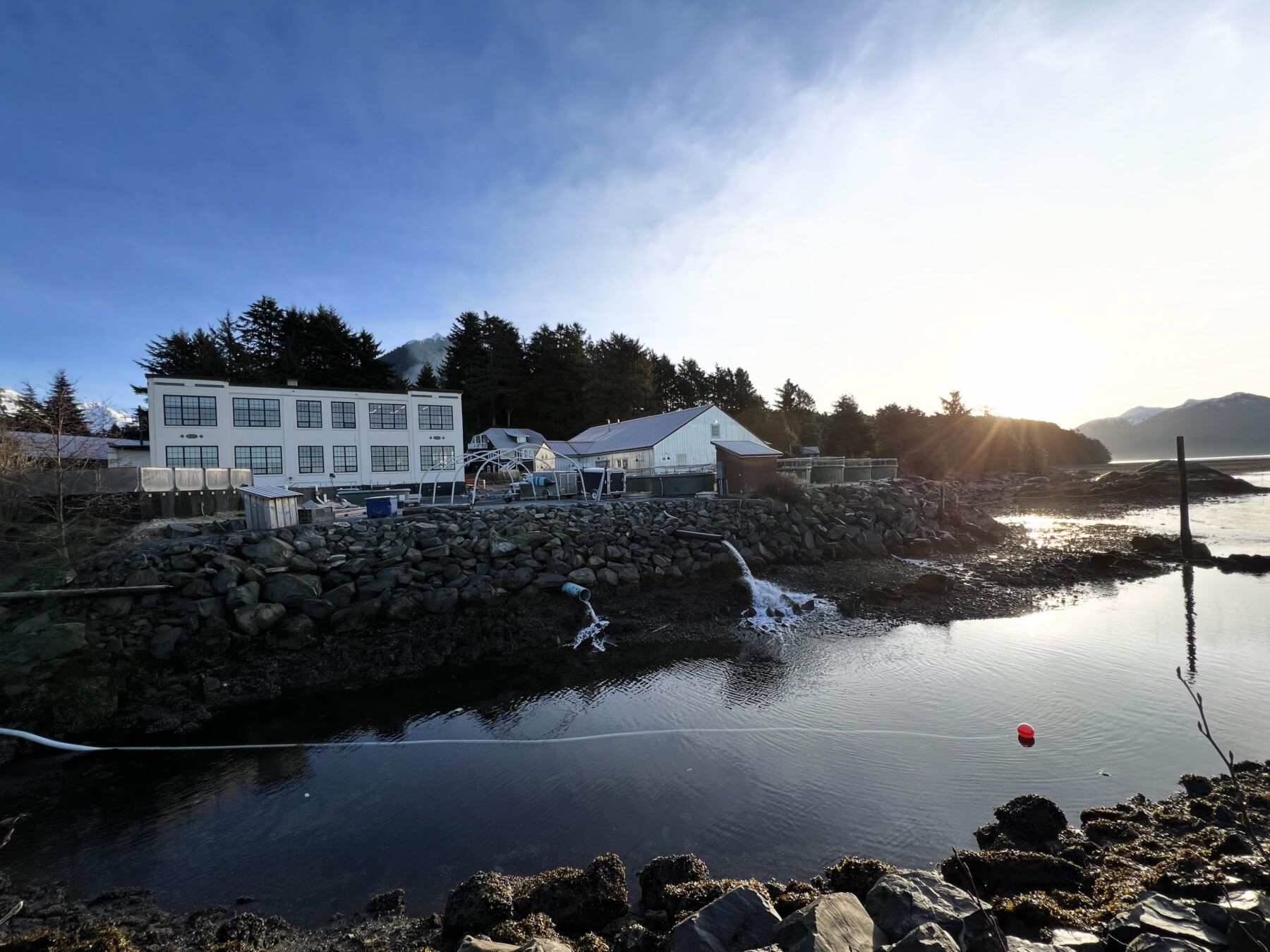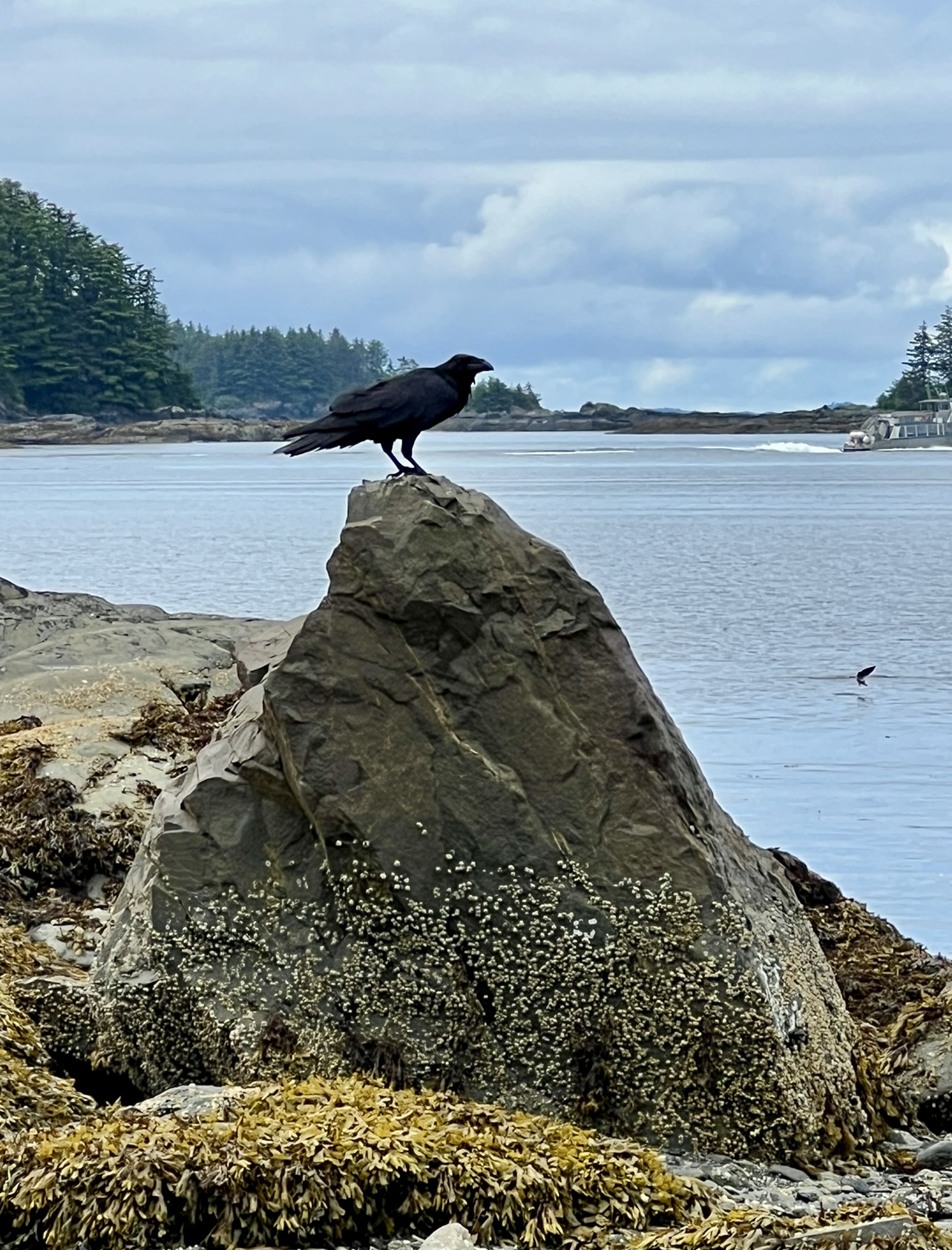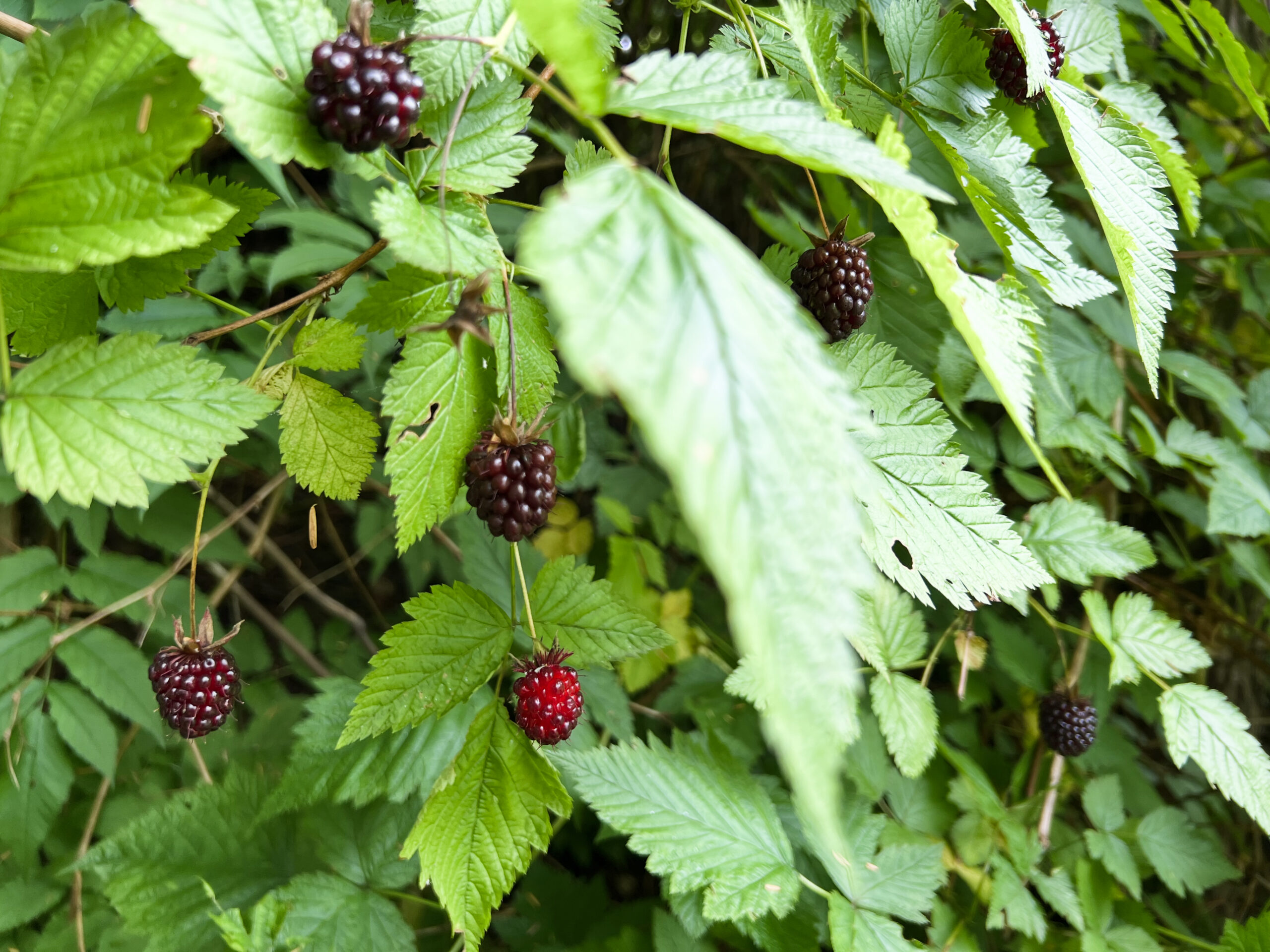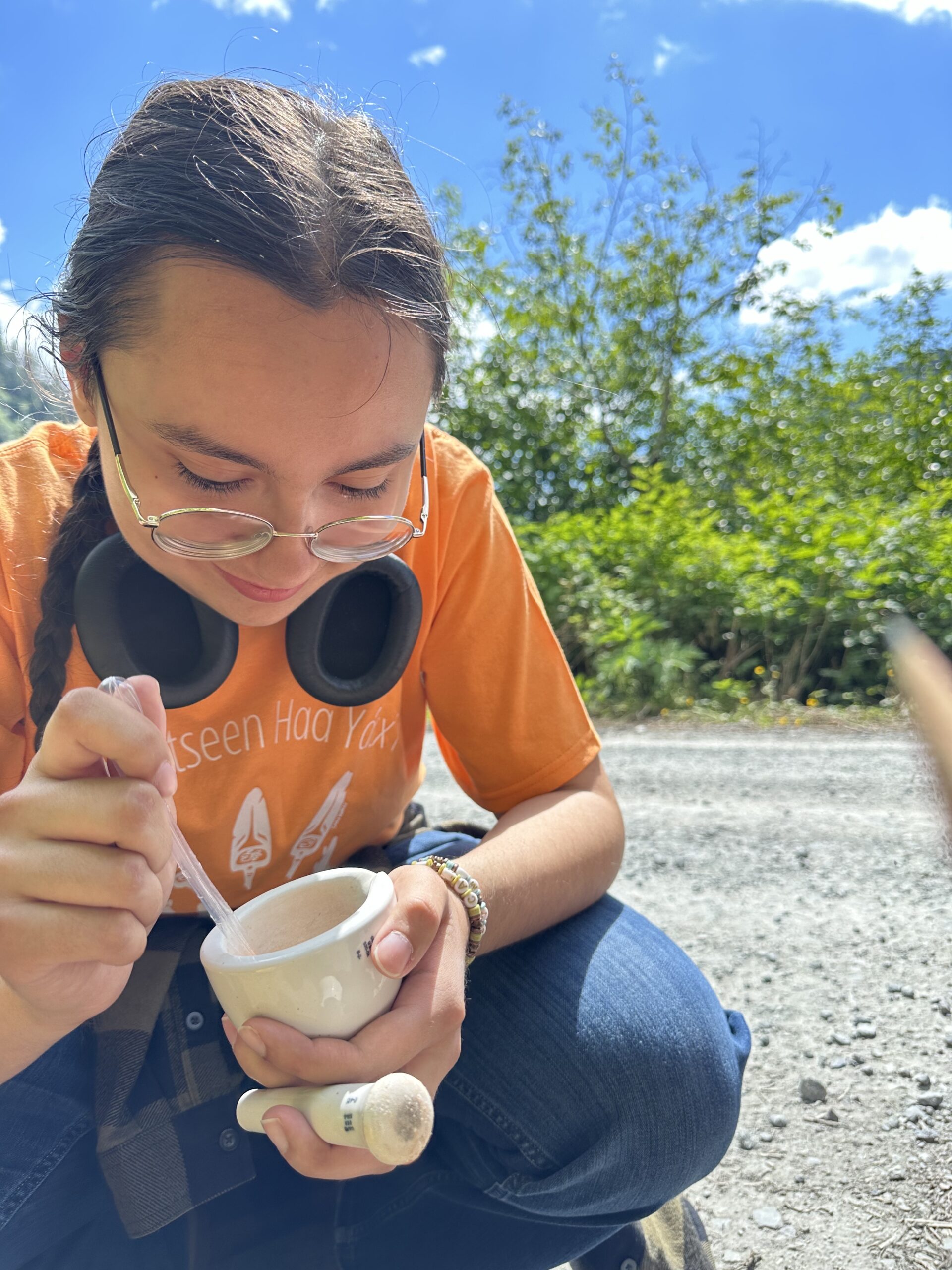
News, Research, Featured
News, Research, Featured
News, Research, Featured
More Than Just an Aquarium
Sitka Sound Science Center (SSSC) is more than an aquarium, and it’s also more than a hatchery. SSSC is an FSML— field station and marine laboratory. But what does it mean to be a field station?
Field stations exist around the globe, in every kind of biome. The most recent tally indicates there are almost 1300 biological field stations in the world, each supporting ecologically- and biologically-focused research projects that are uniquely enabled by the field stations’ different locations. The variety of ecosystems in which FSMLs are located are suited to a variety of research questions, allowing scientists to find the optimal place to conduct their work.
Here at the Science Center, the buildings host dozens of scientists and research teams every year as they study the local ecosystem and its residents on land, sea, and air. Sitka’s status as a temperate rainforest— a rare and threatened biome classification— is part of what allows SSSC to provide such a unique opportunity to visiting researchers. The climate in Sitka is not found widely in other areas of the world, and it plays host to a distinct group of species. As Lauren Bell, SSSC’s research director explained it, the city is on the southern edge of many arctic species’ ranges and the northern edge of many southern species’ ranges, creating a unique overlap.
Another aspect of SSSC that enhances its offerings as a field station is the community outreach, said Dr. Kristy Kroeker, a visiting scientist and professor from the University of California Santa Cruz who’s been returning to conduct projects here yearly since 2015. The opportunities the Science Center provides to researchers to connect with the surrounding community through science education is part of what stands out to her about SSSC specifically. She engaged with locals during her participation in SSSC’s Scientists in Schools program, which involves coordination with educators to enrich students’ learning by placing experts in classrooms and shaping lessons around their knowledge.
Dr. Kroeker has conducted countless research projects throughout her relationship with the Science Center, and the current research with her students focuses on sunflower sea stars and the effect of their presence on their prey, urchins, and the kelp forests they both frequent. Sunflower sea stars, once abundant off of the coast of California, are now an incredibly rare sight in that area— but not in Sitka! And because SSSC provides aquarium and dive equipment, the research team has been able to bring the subjects of their study into a controlled environment for observation in addition to their open-ocean efforts. Through years of research in and around Sitka’s waters, Kroeker’s team has determined that sunflower sea stars emit a “smell” in the water that urchins detect and avoid, which prevents the urchins from devouring kelp unchecked in areas the sea stars frequent.
The Science Center’s ability to provide such a wide variety of tools and spaces designed for scientific exploration takes most of the equipment-organization workload off of visiting scientists, allowing them to devote more time to research. SSSC does not only have aquarium facilities: it also has a wet lab— a type of laboratory designed for research on biological materials and the safe handling of potentially hazardous substances— a fully outfitted dive locker, and more. Readily available equipment cuts out time that would otherwise be spent figuring out the logistics of transporting bulky and potentially fragile necessary tools for research. Dr. Kroeker highlighted the diving gear as particularly invaluable to her research over the years.
Another project SSSC has lent a hand to is Dr. Doug Wacker’s corvid vocalization research. Wacker, a professor at University of Washington Bothell, has been studying corvid social behaviors for over a decade, and more recently began to add raven sounds to his extensive database of recordings. His research uses machine learning to analyze and organize these sounds to better understand their function in corvid groups while detecting the subtleties of the vocalizations that aren’t as noticeable to the human ear. The roof of SSSC’s Sage Building has been hosting devices that listen in on ravens’ calls for over a year now, and the collected data is periodically sent to Wacker as one of multiple sites he has monitored.
SSSC does not only host others’ research, however. The Science Center’s own research department is working on multiple projects at any given time with a focus on issues important to locals, including topics like marine debris, geohazard monitoring, and salmonberry phenology. More specifically, the berry project involves collecting data on berry plants’ stages of growth, as well as taking measurements of varying temperatures and light levels at different berry patches. Gale McCrary, SSSC’s Sealaska Heritage Institute intern this summer, is working closely with Zofia Danielson, SSSC’s research coordinator, to take an even closer look at salmonberries in the project’s third year. McCrary is using refractometers to gauge the berries’ sugar content, an aspect of the berries that ties directly to their consumption by both humans and animals and therefore local Sitkans’ concerns about how climate change may be affecting the plants. This project seeks to remedy a lack of data on the topic, as not much research has been conducted specifically around Alaskan berry phenology despite how vital the plants are to culture and life in Southeast Alaska.
These are just a few of the many ongoing research projects at the Science Center that illustrate how SSSC’s role as a field station furthers the exploration of knowledge in Southeast Alaska and beyond. Biological field stations like SSSC are crucial to expanding scientific understanding of the environment, and because their work may be lesser known, it is important to shed light on their presence and functions.
SSSC is in need of a remodel! Though we are able to support visiting scientists, our facilities are aging and require an upgrade so that we can continue to help researchers answer the questions that matter. The Sage Building, which houses our aquarium, offices, classroom, and labs, was built in 1929 as part of Sheldon Jackson College and hasn’t undergone a thorough interior remodel since. You can help us carry an enthusiasm for learning into the future by contributing to AL-G project (Aquarium, Laboratory, and Grounds).
Learn more & donate today→





